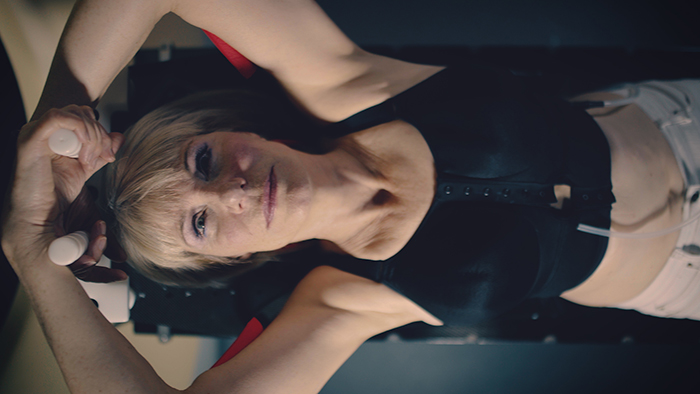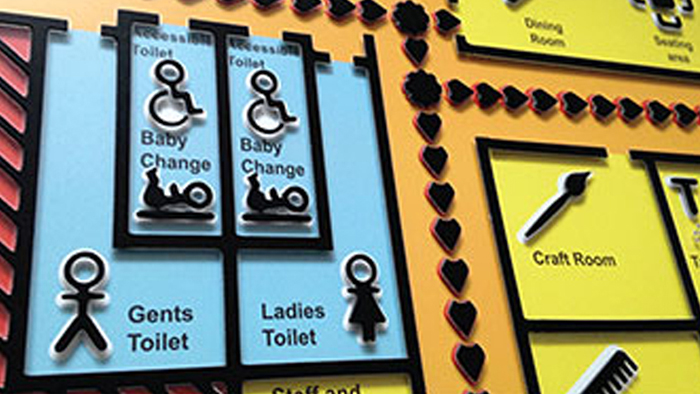About this project
Explore the people and organisations behind this research, and find related publications by the research team.
Research team
Professor Daniela Petrelli Ian Gwilt Professor Luigina Ciolfi Dr Melanie Levick-Parkin Helen Grantham Dr Mark Marshall Nick Dulake See full team on mesch-project.euRelated publications
Industry 4.0: Is It the Time for Interaction Design Craftsmanship? Multisensory interactive storytelling to augment the visit of a historical house museum On the perceptual aesthetics of interactive objects Phone vs. Tangible in Museums: A Comparative Study Using tangible smart replicas as controls for an interactive museum exhibitionResearch partners
University of Limerick Waag University of Strathclyde eCTRL Solutions DEN Foundation University of Stuttgart University Carlos III Madrid Museo Storico Italiano della Guerra University of Amsterdam / Allard Pierson Museum Museon Fondazione Bruno KesslerFunding partners
European Commission: 7th Framework ProgrammeRelated courses
Our teaching is informed by research. Browse undergraduate and postgraduate courses with links to this research project, topic or team.
Get in touch
Find key contacts for enquiries about funding, partnerships, collaborations and doctoral degrees.
How 'smart objects' can bring cultural heritage to life


About this project
Explore the people and organisations behind this research, and find related publications by the research team.
Research team
Professor Daniela Petrelli Ian Gwilt Professor Luigina Ciolfi Dr Melanie Levick-Parkin Helen Grantham Dr Mark Marshall Nick Dulake See full team on mesch-project.euRelated publications
Industry 4.0: Is It the Time for Interaction Design Craftsmanship? Multisensory interactive storytelling to augment the visit of a historical house museum On the perceptual aesthetics of interactive objects Phone vs. Tangible in Museums: A Comparative Study Using tangible smart replicas as controls for an interactive museum exhibitionResearch partners
University of Limerick Waag University of Strathclyde eCTRL Solutions DEN Foundation University of Stuttgart University Carlos III Madrid Museo Storico Italiano della Guerra University of Amsterdam / Allard Pierson Museum Museon Fondazione Bruno KesslerFunding partners
European Commission: 7th Framework ProgrammeRelated courses
Our teaching is informed by research. Browse undergraduate and postgraduate courses with links to this research project, topic or team.
Get in touch
Find key contacts for enquiries about funding, partnerships, collaborations and doctoral degrees.



